GE Electric DS200RTBAG2AFB Relay Terminal Board for Mark V Turbine Control Systems
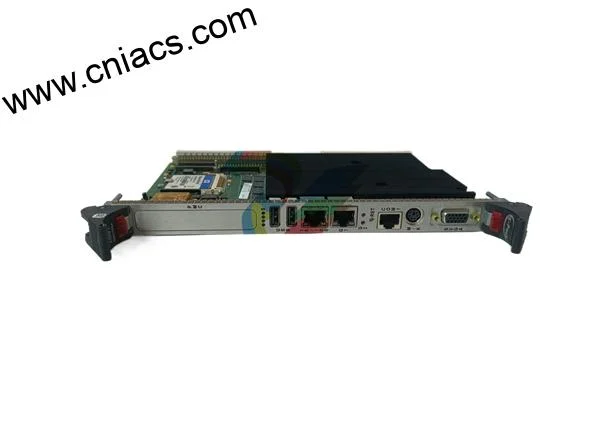
Introducing the GE Electric Model: Your Ultimate Solution for Advanced Automation and Control
When it comes to automation and control, GE Electric stands at the forefront of innovation, offering robust and reliable products tailored for diverse industrial applications. The GE Electric model is engineered to enhance performance, streamline operations, and drive efficiency in various settings. This comprehensive product description delves into its key technical features, usage scenarios, comparisons with other models, and references to related models, making it easier for you to understand the value it brings to your operations.
Key Technical Features
The GE Electric model boasts an array of advanced technical features that distinguish it from its competitors. With a focus on precision, reliability, and user-friendliness, this model includes:
1. **Robust Processing Power**: Equipped with a high-performance processor, the GE Electric model ensures rapid data processing and response times, crucial for real-time monitoring and control in automation systems.
2. **Versatile Communication Protocols**: This model supports multiple communication protocols, including Ethernet, Modbus, and Profibus, allowing seamless integration with other GE automation products and third-party devices. This flexibility ensures that you can build a cohesive system tailored to your operational needs.
3. **Scalability**: Designed for scalability, the GE Electric model can adapt to your growing business demands. Whether you require a small control system or a comprehensive network of devices, this model is capable of expanding to meet those needs without compromising performance.
4. **User-Friendly Interface**: The intuitive interface of the GE Electric model simplifies programming and operation. With easy-to-navigate menus and clear displays, users can quickly set up and manage their systems, reducing training time and increasing operational efficiency.
5. **Advanced Diagnostic Features**: Built-in diagnostic tools provide real-time feedback and alerts, helping users to identify and troubleshoot issues quickly. This proactive approach minimizes downtime and enhances overall system reliability.
6. **Durable Construction**: Designed to withstand harsh industrial environments, the GE Electric model features rugged construction with high resistance to temperature fluctuations, moisture, and dust, ensuring longevity and consistent performance.
Usage Scenarios
The versatility of the GE Electric model makes it ideal for a wide range of applications across various industries. Here are some prominent usage scenarios:
1. **Manufacturing**: In manufacturing environments, the GE Electric model can be employed for process control, machine automation, and quality assurance. Its precise control capabilities enhance production efficiency and reduce waste.
2. **Energy Management**: The model is also perfect for energy management systems, enabling users to monitor and control energy consumption, optimize resource utilization, and reduce operational costs.
3. **Water Treatment**: For water treatment facilities, the GE Electric model provides critical monitoring and control of treatment processes, ensuring compliance with safety standards and improving water quality.
4. **Transportation**: In transportation systems, this model can be utilized for traffic control, monitoring vehicle performance, and enhancing infrastructure management, contributing to safer and more efficient transportation networks.
5. **Building Automation**: The GE Electric model plays a vital role in smart building technologies, allowing for the integration of lighting, HVAC, and security systems, ultimately improving energy efficiency and occupant comfort.
Comparison with Other Models
When compared to other models within the GE range, the GE Electric model stands out for its balance of performance, flexibility, and user-friendliness. For instance, while models like the GE IS200TBCIH1BBC offer specialized control features for specific applications, the GE Electric model provides a more versatile solution suitable for a broader range of scenarios. In contrast, models such as the GE IS220PPROS1B are tailored for advanced process control but may lack the same level of ease-of-use and integration capabilities found in the GE Electric model.
Moreover, the GE Electric model's communication flexibility outshines options like the GE IC697MDL250, which may have limited connectivity features. This makes the GE Electric model a more future-proof choice for businesses looking to invest in adaptable automation solutions.
Reference to Related Models
Understanding the GE Electric model's place within the broader GE automation product lineup is crucial for making informed decisions. Here are ten related models that complement or serve as alternatives to the GE Electric model:
1. GE IS200TBCIH1BBC
2. GE IS220PPROS1B
3. GE CT7P70500470CW24
4. GE EVMECNTM13
5. GE IS220PAICH2A
6. GE IS200TPROH1BCB
7. GE IS230SNIDH1A
8. GE IC670MDL740J
9. GE DS200CTBAG1ADD
10. GE IC693CPU374
These models offer various features and functionalities, allowing users to choose the best fit for their specific automation needs. Whether seeking specialized controls, enhanced processing capabilities, or unique communication features, GE's diverse product range ensures that customers can find the perfect solution.
In conclusion, the GE Electric model epitomizes the standards of excellence in automation technology. With its state-of-the-art features, versatile applications, and easy integration with other GE automation products, it is the ideal choice for industries looking to enhance operational efficiency and reliability. Embrace the future of automation with the GE Electric model, where performance meets innovation.
The above parameters are for reference only. Please contact our technical team for precise selection.
When it comes to automation and control, GE Electric stands at the forefront of innovation, offering robust and reliable products tailored for diverse industrial applications. The GE Electric model is engineered to enhance performance, streamline operations, and drive efficiency in various settings. This comprehensive product description delves into its key technical features, usage scenarios, comparisons with other models, and references to related models, making it easier for you to understand the value it brings to your operations.
Key Technical Features
The GE Electric model boasts an array of advanced technical features that distinguish it from its competitors. With a focus on precision, reliability, and user-friendliness, this model includes:
1. **Robust Processing Power**: Equipped with a high-performance processor, the GE Electric model ensures rapid data processing and response times, crucial for real-time monitoring and control in automation systems.
2. **Versatile Communication Protocols**: This model supports multiple communication protocols, including Ethernet, Modbus, and Profibus, allowing seamless integration with other GE automation products and third-party devices. This flexibility ensures that you can build a cohesive system tailored to your operational needs.
3. **Scalability**: Designed for scalability, the GE Electric model can adapt to your growing business demands. Whether you require a small control system or a comprehensive network of devices, this model is capable of expanding to meet those needs without compromising performance.
4. **User-Friendly Interface**: The intuitive interface of the GE Electric model simplifies programming and operation. With easy-to-navigate menus and clear displays, users can quickly set up and manage their systems, reducing training time and increasing operational efficiency.
5. **Advanced Diagnostic Features**: Built-in diagnostic tools provide real-time feedback and alerts, helping users to identify and troubleshoot issues quickly. This proactive approach minimizes downtime and enhances overall system reliability.
6. **Durable Construction**: Designed to withstand harsh industrial environments, the GE Electric model features rugged construction with high resistance to temperature fluctuations, moisture, and dust, ensuring longevity and consistent performance.
Usage Scenarios
The versatility of the GE Electric model makes it ideal for a wide range of applications across various industries. Here are some prominent usage scenarios:
1. **Manufacturing**: In manufacturing environments, the GE Electric model can be employed for process control, machine automation, and quality assurance. Its precise control capabilities enhance production efficiency and reduce waste.
2. **Energy Management**: The model is also perfect for energy management systems, enabling users to monitor and control energy consumption, optimize resource utilization, and reduce operational costs.
3. **Water Treatment**: For water treatment facilities, the GE Electric model provides critical monitoring and control of treatment processes, ensuring compliance with safety standards and improving water quality.
4. **Transportation**: In transportation systems, this model can be utilized for traffic control, monitoring vehicle performance, and enhancing infrastructure management, contributing to safer and more efficient transportation networks.
5. **Building Automation**: The GE Electric model plays a vital role in smart building technologies, allowing for the integration of lighting, HVAC, and security systems, ultimately improving energy efficiency and occupant comfort.
Comparison with Other Models
When compared to other models within the GE range, the GE Electric model stands out for its balance of performance, flexibility, and user-friendliness. For instance, while models like the GE IS200TBCIH1BBC offer specialized control features for specific applications, the GE Electric model provides a more versatile solution suitable for a broader range of scenarios. In contrast, models such as the GE IS220PPROS1B are tailored for advanced process control but may lack the same level of ease-of-use and integration capabilities found in the GE Electric model.
Moreover, the GE Electric model's communication flexibility outshines options like the GE IC697MDL250, which may have limited connectivity features. This makes the GE Electric model a more future-proof choice for businesses looking to invest in adaptable automation solutions.
Reference to Related Models
Understanding the GE Electric model's place within the broader GE automation product lineup is crucial for making informed decisions. Here are ten related models that complement or serve as alternatives to the GE Electric model:
1. GE IS200TBCIH1BBC
2. GE IS220PPROS1B
3. GE CT7P70500470CW24
4. GE EVMECNTM13
5. GE IS220PAICH2A
6. GE IS200TPROH1BCB
7. GE IS230SNIDH1A
8. GE IC670MDL740J
9. GE DS200CTBAG1ADD
10. GE IC693CPU374
These models offer various features and functionalities, allowing users to choose the best fit for their specific automation needs. Whether seeking specialized controls, enhanced processing capabilities, or unique communication features, GE's diverse product range ensures that customers can find the perfect solution.
In conclusion, the GE Electric model epitomizes the standards of excellence in automation technology. With its state-of-the-art features, versatile applications, and easy integration with other GE automation products, it is the ideal choice for industries looking to enhance operational efficiency and reliability. Embrace the future of automation with the GE Electric model, where performance meets innovation.
The above parameters are for reference only. Please contact our technical team for precise selection.

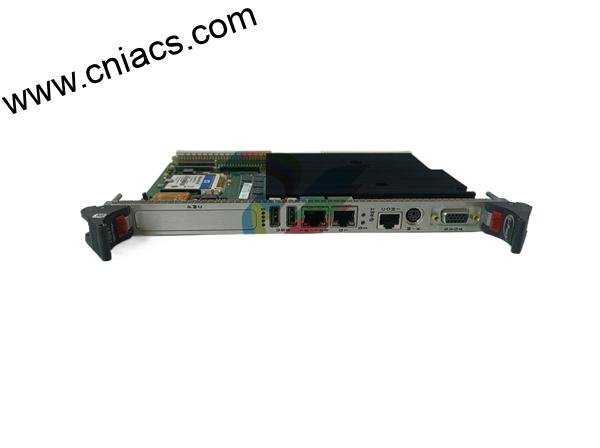
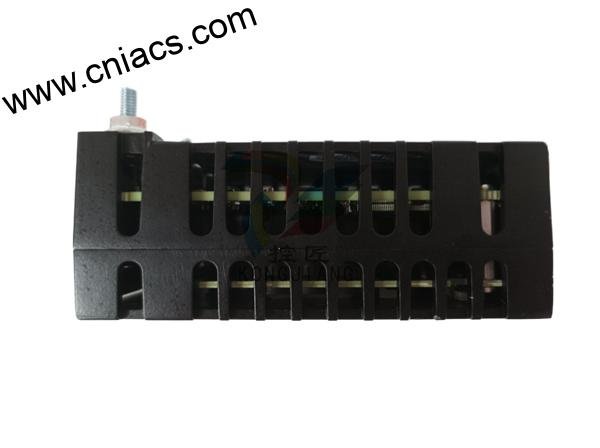



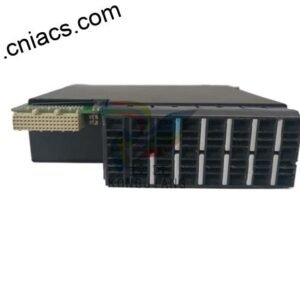
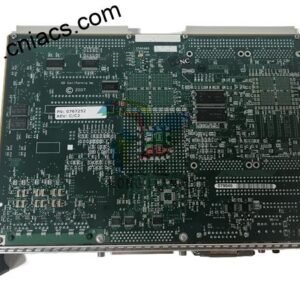


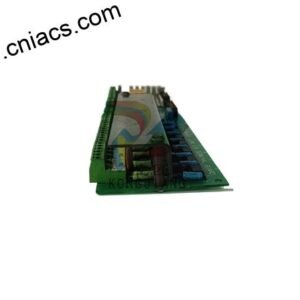


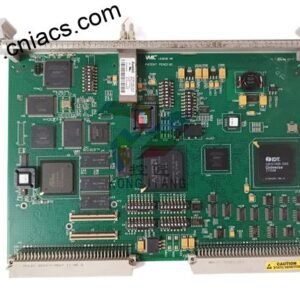
There are no reviews yet.